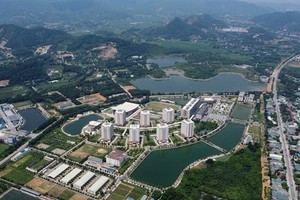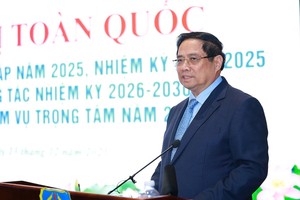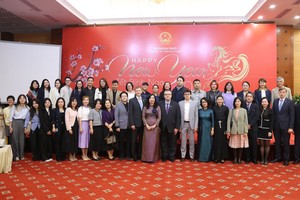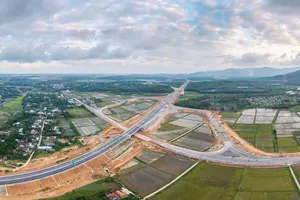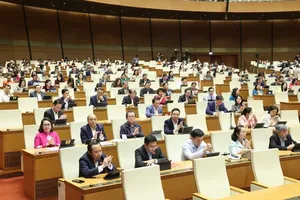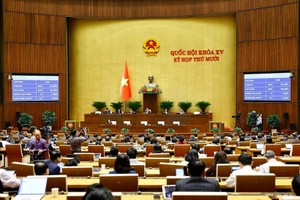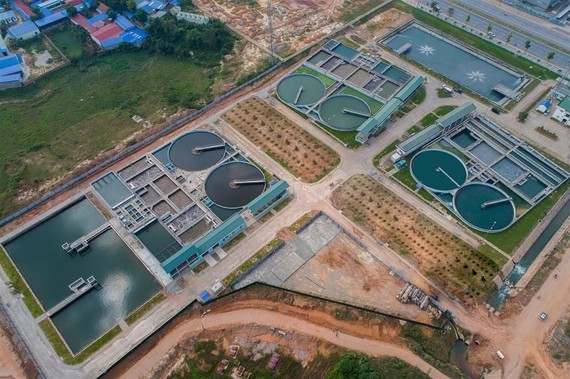 The Government says that daily-life wastewater and wastewater from craft villages and industrial clusters are generated more
The Government says that daily-life wastewater and wastewater from craft villages and industrial clusters are generated more
Today’s report of the Government on environmental protection has just been sent to the National Assembly warning that environmental pollution in some places is at risk of exceeding the tolerance threshold of ecosystems, affecting many aspects of economic life - society, locals’ living conditions, and health condition.
Worse, residential areas in rural provinces don’t have a centralized domestic wastewater collection and treatment system which is also one of the reasons why environmental pollution is still complicated. Investment requirements for domestic wastewater treatment are an urgent issue while the country’s capital is limited and socialization policies are not effective.
The Government said that daily-life wastewater and wastewater from craft villages and industrial clusters are generated more and more while the collection and treatment infrastructure has not met the requirements.
According to the report, through the implementation of many synchronous management tools and measures, environmental protection in 2021 has achieved many positive results. Compared to the same period in 2020, many environmental indicators have had positive results.
However, environmental pollution in some places is at risk of exceeding the tolerance threshold of ecosystems, affecting many aspects of socio-economic life, living conditions, and people's health.
The report said that the sources of environmental pollution are increasing rapidly in number, scale, and degree of adverse impact on the environment, making the land, water, and air environment polluted in many places.
Notably, industrial production facilities cause serious environmental pollution that has not been thoroughly treated. These highly-polluting industries located in residential areas have not been evacuated. Industrial production establishments with high pollution account for a larger proportion than those the type of low pollution.
Lately, polluting industrial facilities have been shifting from urban to rural areas, forming new production activities causing environmental pollution from urban areas to rural areas. Furthermore, the risk of environmental pollution secondary from solar power generation projects, and hydropower projects.
The country has just started to audit waste recently. Pollution in craft villages has existed for a long time and has not been completely solved. In particular, domestic wastewater and wastewater from craft villages and industrial clusters are increasingly generated while the collection and treatment infrastructure has not met the requirements.
Only 162/735 industrial clusters accounting for 22 percent have invested in building a centralized wastewater treatment system in the country.
Air pollution is still complicated, especially fine dust pollution in big cities like Hanoi and Ho Chi Minh City, adversely affecting people's health.
The rate of daily-life solid waste collection and treatment in rural areas has just reached 66 percent and more than 80 percent of landfills are unsanitary.
